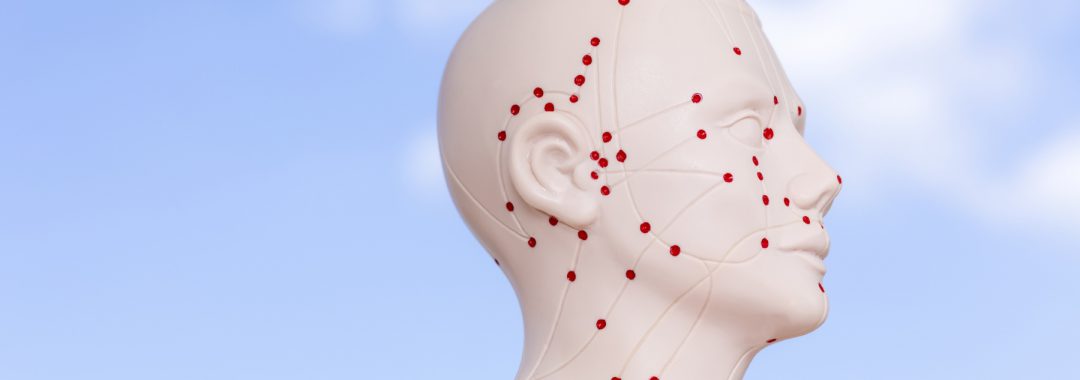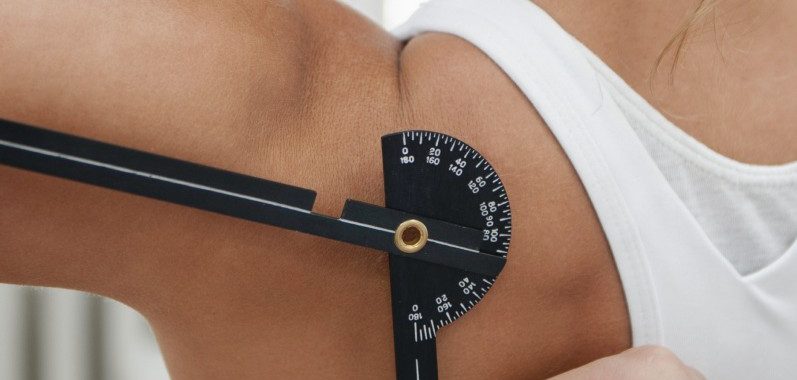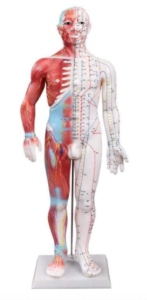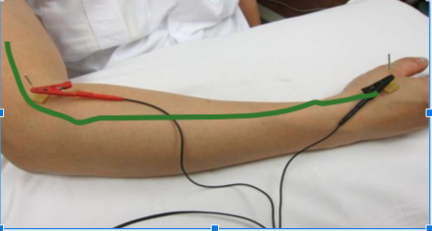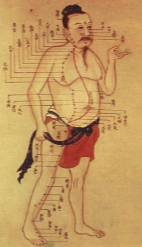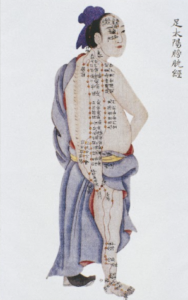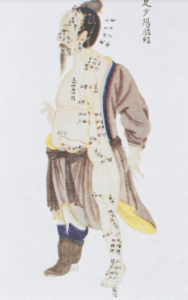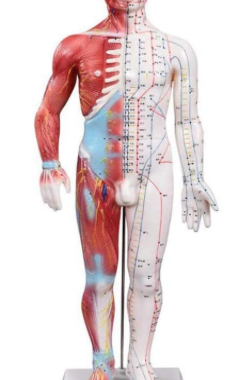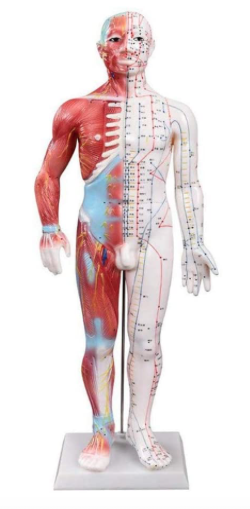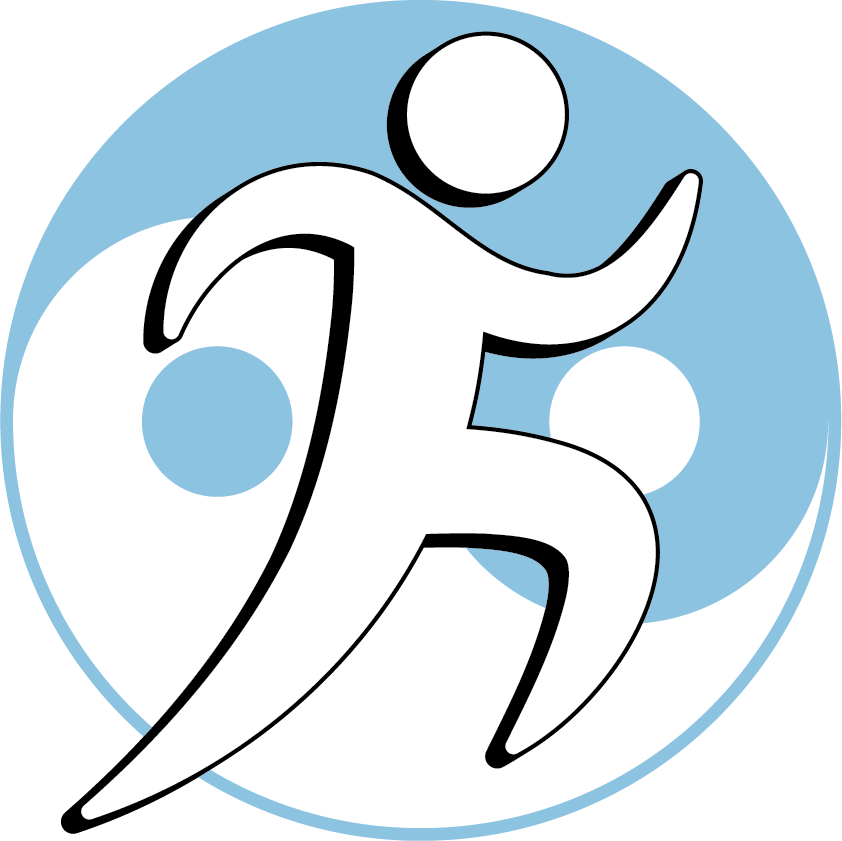Dive into principles and practices of acupuncture orthopedics! Foundational classes provide knowledge and skills to treat a wide range of common and significant neuromusculoskeletal injuries, pain and disabilities. Students take home practical techniques and strategies, as well as theoretical understandings immediately applicable to orthopedic conditions generally. These classes prepare you to get the most out of the Spine and Extremities series, and the rest of the Certification program!
Acupuncture Orthopedics Essentials I: Fundamentals
(8 hours, pre-recorded webinar only)
- Essential knowledge, skills and applications
- Pain psychology and treatment of neural hypersensitivity
- Optimal treatment of tendons, ligaments, muscles and joints
- Posture and motion disorders: anatomical kinesiology & the jing-jin (“sinew meridians”)
- The orthopedic interview--taking an effective history
(8 hours, both in-person & pre-recorded webinar)
- Classical and modern observation, inspection and palpation techniques
- Range of motion, joint play, and muscle length testing
- Strength testing
- Special orthopedic and neurologic exams
- Orthopedic diagnosis, pattern recognition, and treatment planning
(8 hours, both in-person & pre-recorded webinar)
- Myofascial trigger point needling for acupuncturists
- The "missing link:" stabilizing and mobilizing joints with ligamentous prolo-acupuncture
(8 hours, pre-recorded webinars only)
(8 hours, both in-person & pre-recorded webinar)
